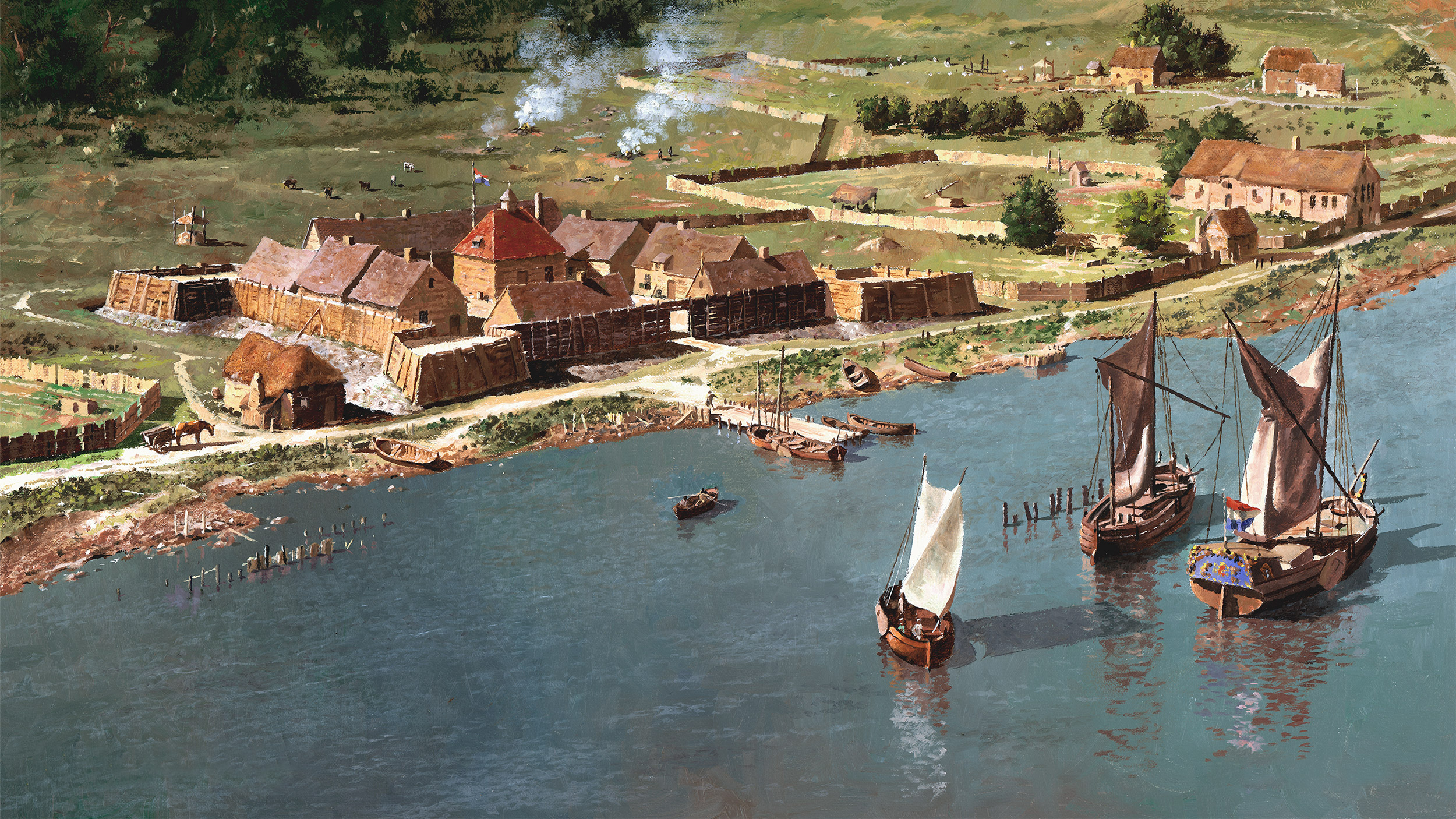Video Interviews
Aligned with the Fort Orange lessons, the interviews below highlight archaeologists, historians, artists, and archivists who study and research the complex world of Fort Orange. The video interviews provide insight into their work and also into the many different professions that come together to create a picture of the past. Each video allows the content specialists to speak about their interpretation of Fort Orange as well as the many resources they use in their work. Enjoy the interviews as support for each lesson or independently.


